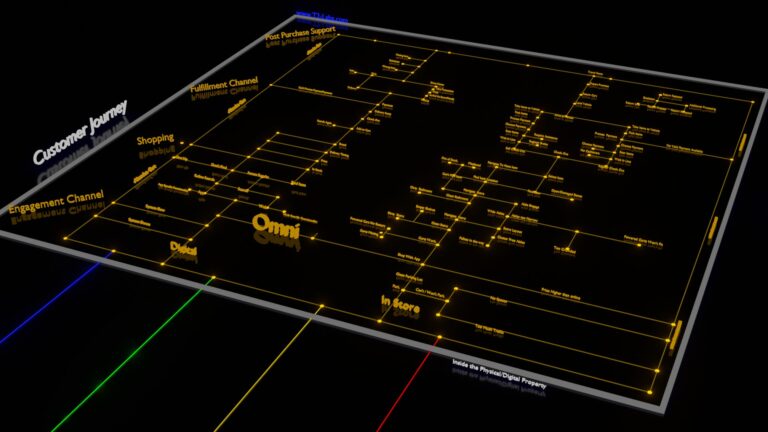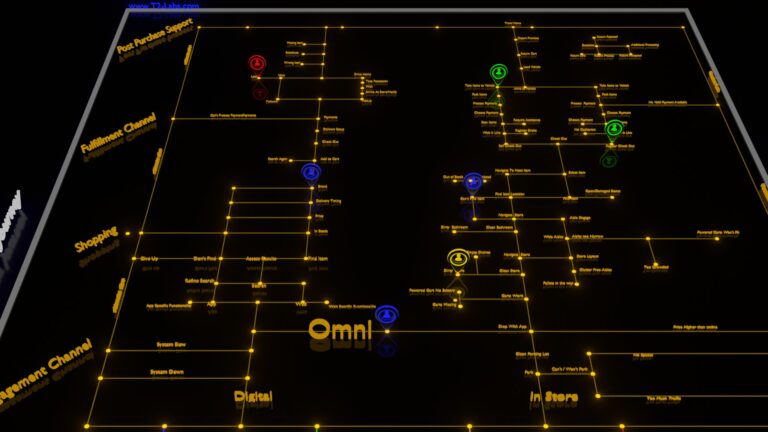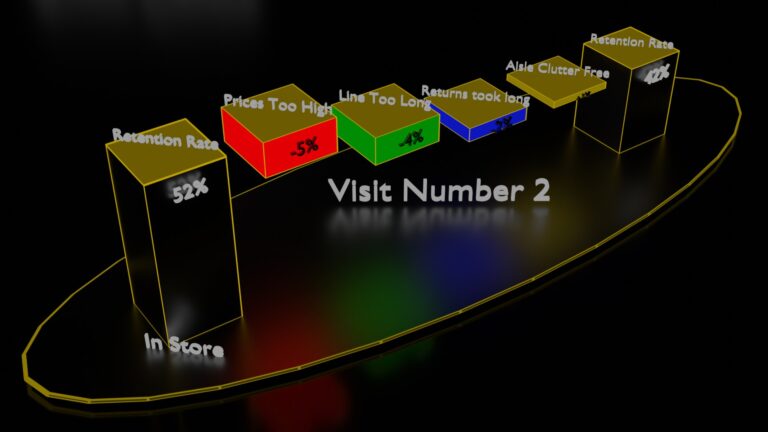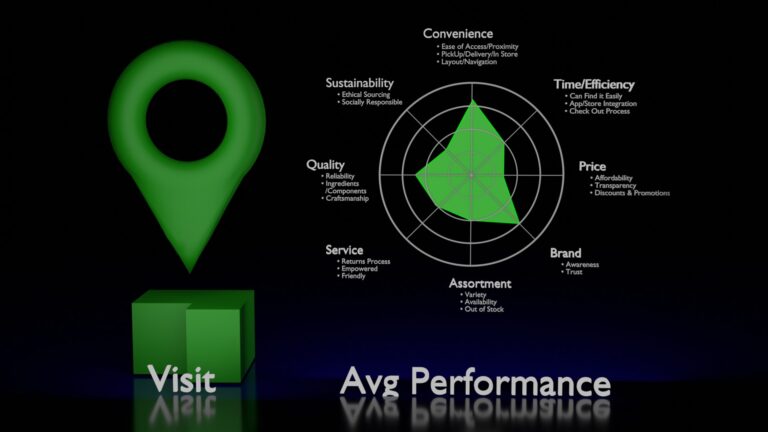Customer Experience
Design each Customer Touchpoint
Overview
The Customer Experience is the totality of all customer touchpoints as a customer navigates their journey with your organization.(What is CX?) The journey can be straightforward…or…complex. As with all journeys, not everything goes according to plan. There can be friction along the way. Defining the expected set of interactions with the customer, the corresponding outcomes of those interactions, and data collection schemes in place to measure, puts business leadership in control of ensuring consistent delivery for the customer.
We will work with you to map out the Customer Journey for your customers. We will identify where things may branch into more complicated/nuanced interactions. Once the Customer Journey has been mapped out we shift gears to identify areas that can be difficult for customers to wade through.
Customer Journey Mapping helps retailers see their business through the eyes of their customers. By visualizing every touchpoint a customer has with your brand—from discovery to purchase and beyond—you can create seamless experiences. This powerful tool helps you understand not just what your customers do, but why they do it. This enables you to meet their needs proactively. By optimizing the customer journey, retailers can build stronger connections, foster loyalty, and turn every interaction into an opportunity to delight their customers.
“A problem well stated is half solved.”
Charles Kettering
Step 1: Customer Journey Map
Let’s explore the Customer Experience through the eyes of your customer. Let’s experience their journey across the market place to your organization. Together, we’ll identify every touchpoint across every channel—from the initial interaction to the final step. We will uncover opportunities to enhance the experience and create a seamless, customer-centric retail journey.

Step 2: Identify Friction Points
As we map the Customer Journey, we will surface pain points that create friction for the Customer. We will curate the list of pain points and examine each for frequency and rate of incidence. These challenges can lead to poor Customer Experiences and reduced retention, diminished loyalty, and lost sales.

Step 3: Impact Assessment
For each customer touchpoint, we’ll want to quantify the impact of the experience on the customer’s retention rate. By isolating the impact of each experience, it becomes possible to prioritize investments that will generate the biggest return. Combining the impact of each experience with the frequency with which it occurs heavily influences prioritization schedule.

Step 4: Root Cause Analysis
With the impact assessment complete, our attention will turn to why this experience happened as well as what can be done about it. Through a series of causal analyses, we will be able to uncover the drivers that caused the customer experience. These insights will be used to formulate action plans that will be used to change the way we operate. These changes will decrease the chances the customer has a bad experience and defects to a competitor.

Step 5: Implement Action Plan
Each team within the organization will take the necessary steps to improve the customer experience by implementing their portion of the action plan in a coordinated manner with the other divisions/departments. Through the coordinated implementation, the pain point of the customer experience will go away as opposed to manifesting itself in some other downstream process. This is where the power of teams comes into play.

Step 6: Assess Performance
With the action plans to improve the Customer Experience in place, it is time to again measure performance to ensure that we’ve made the improvements. There may be areas that are underperforming expectations. These are areas where additional investment and/or process redesign should be considered to improve the customer experience.

Continuous Improvement
Understanding what the customer experience should be and actively monitoring for defects from that process will enable you to proactively address problems before customers see them and complain. While we want customers to always venture through the “happy path” of our customer journey, it’s rare that a process has zero defects.
- Data Collection: Building the data capture processes to understand the experience through the eyes of the customer is a critical and often overlooked part.
- Process Redesign & Innovation: Brainstorming new ways to eliminate friction and improve the overall customer experience. Process redesigns that create a “win-win” will simplify the process for your employees/associates as we improve the experience for customers.
- Action Plan: With the root cause understood, a plan to manage and mitigate these process defects will be shaped. Action plans may involve one or multiple organizations across the company.
Summary
Understanding the Customer Experience is critical to build strong relationships with customers. We start with mapping out the customer journey. Then identify pain points along the way. Finally we quantify the impact and look for solutions through new processes or a ways to mitigate pain points.